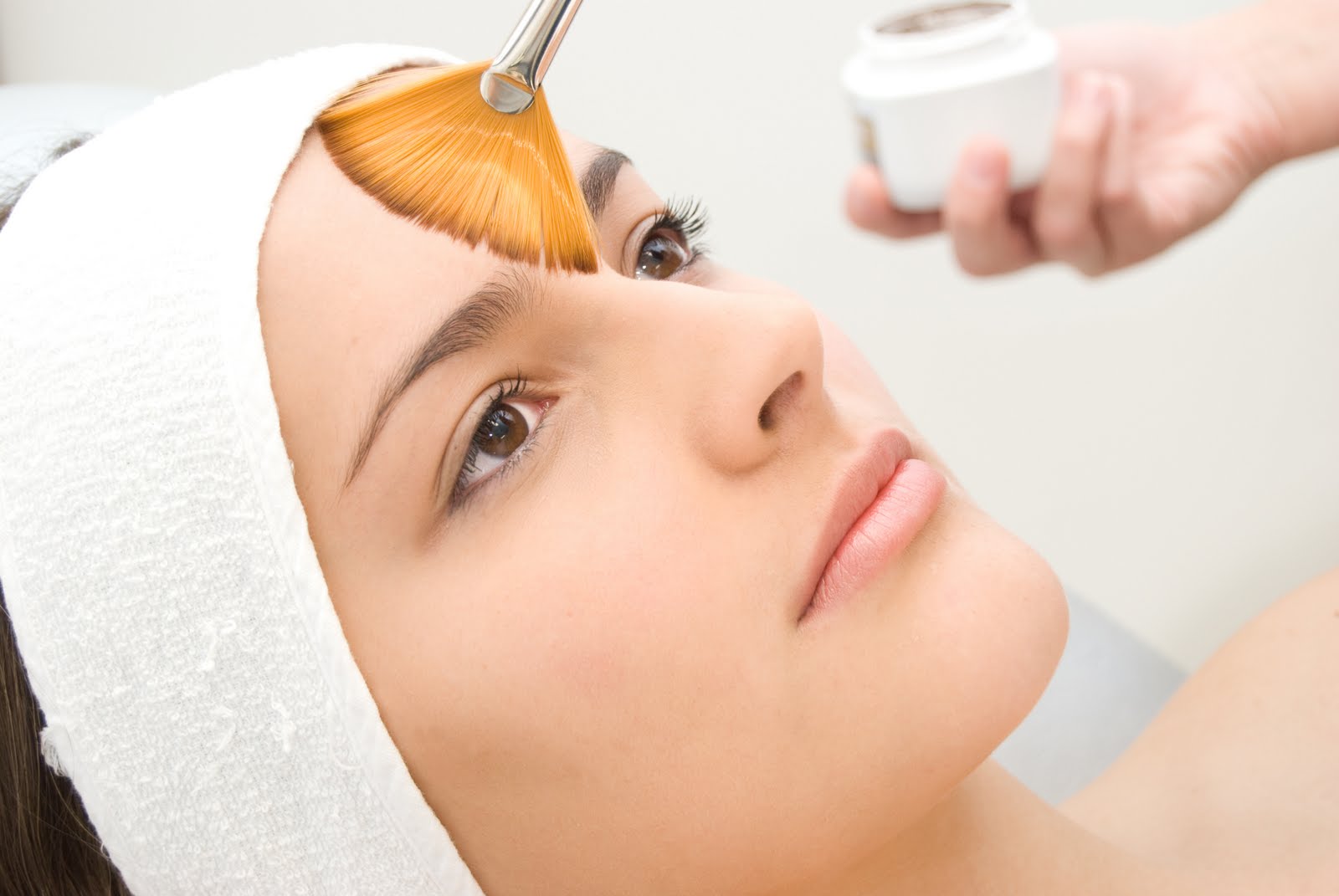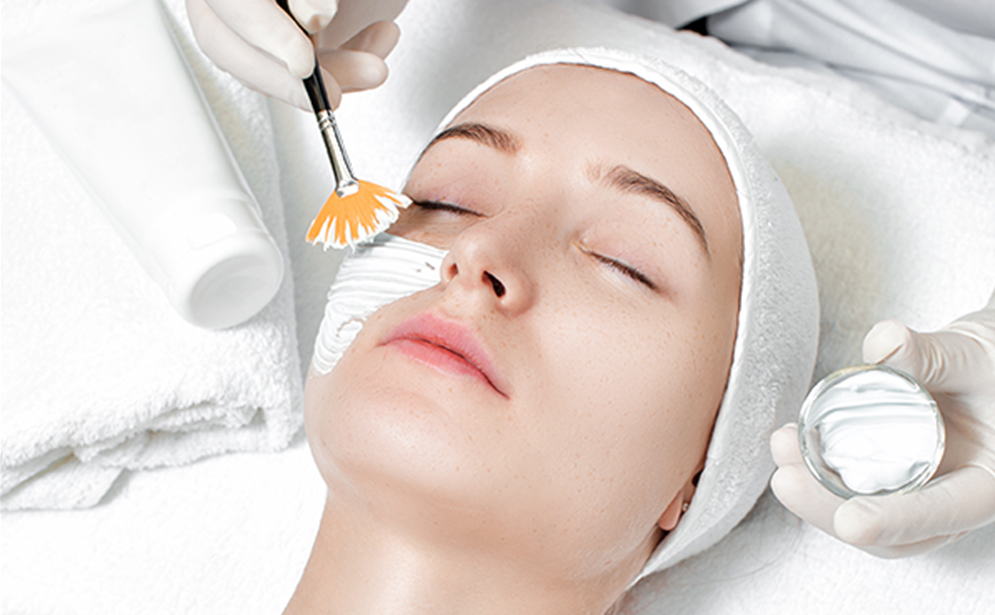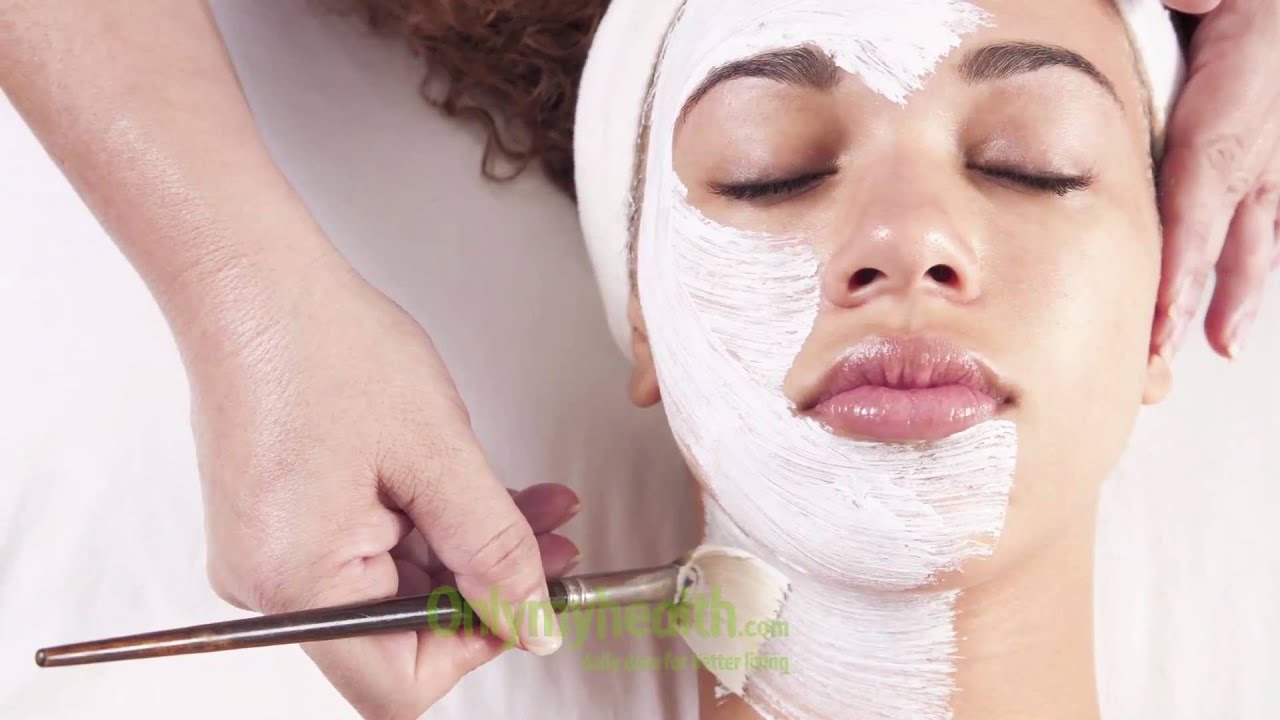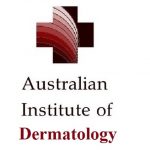


Chemical Peels
Chemical Peels are one of the most versatile cosmetic procedures to induce skin rejuvenation. A chemical peel is not intended as a nurturing treatment. It is a corrective treatment which can address a number of skin conditions from acne, pigmentation, melasma and fine lines.
There are many different types of acids used during chemical peels. The most frequently used is Alpha Hydroxy Acids (AHA), Beta Hydrolic Acids (BHA) and Vitamin A (Retinol).
The chemicals change the pH level in the skin which loosens the bonds between skin cells, encouraging the skin to exfoliate and regenerate new cells for a refreshed clearer complexion.
Alpha Hydroxy Acids (AHAs) are water-soluble acids that help dissolve the bonds between dead skin cells. AHAs are exfoliants that resurface the skin at a deeper level. Examples of AHA peels include glycolic acid and lactic acid. Glycolic acid is a stronger AHA and is better for sun damaged skin, open pores, and scarring. Lactic acid is gentler and more hydrating for the skin and is better for dry skin types, aging, wrinkles, and brightening.
A course of lactic peels is excellent for treating laugh lines, “crows feet”, and wrinkles. Glycolic peel can also be used for resurfacing the skin, smoothing it out, and reducing the appearance of wrinkles. A course of peels leads to superior visible results.
Glycolic and lactic peels are very effective for light sun damage and pigmentation. For deeper pigmentation, brown spots, and large stains, salicylic acid is excellent. A course of salicylic acid peels is effective to reduce the appearance of melasma and dyspigmentation.
Peels are a great addition to the treatment of acne and acne scars. Glycolic acid is effective to unclog pores that lead to blackheads and breakouts. Salicylic acid is a great treatment to deep cleanse the pores. Salicylic acid is both antibacterial and anti-inflammatory and very effective in reducing pimples and acne.
Chemical peels are safe when done by a trained and experienced dermal therapist for the appropriate skin types and correct conditions, they are not overused and the skin is not over treated. The skin must be prepared before a peel to ensure it can tolerate the intensive treatment. Aftercare is also critical to restore the skin balance which helps it repair and rejuvenate quickly. If your skin is left burning, red, irritated, peeling and flaking excessively after a peel, the peel was done incorrectly.
Most of the time a slight tingling, heat, or slight burning sensation is experienced when the peel is applied or being removed. A peel typically is applied to the skin for around 3 to 7 minutes. Afterwards the peel is neutralized and the skin is brought back to balance, so following a peel your skin should feel normal and comfortable again. It should not be burning, very red or irritated. Some peels feel more intense than others but it should cause severe pain.
Lactic Acid Peel:
Gentle exfoliation, acne prone, hydrating& brightening. A great peel to start for those who have never had a treatment.
Renew Peel (Lactic, Glycolic Salicylic, Niacinamide):
Great for acne, photodamage, light scarring pigmentation.
Vitamin A Peel:
Anti- aging, pigmentation & acne.
Jessner Peel (Lactic, Salicylic, Resorcinol):
We use the classic Jessner no modifications. This formula has been around for many years treating a wide range of concerns – acne, pigmentation, melasma, thick dull skin, anti-aging, scarring.
| Lactic acid peel | $95 |
| Renew peel (Lactic, Glycolic acid, Niacinamide) | $130 |
| Vitamin A peel | $170 |
| Jessner peel (Lactic,Salicylic, Resorcinol) | $340 |














